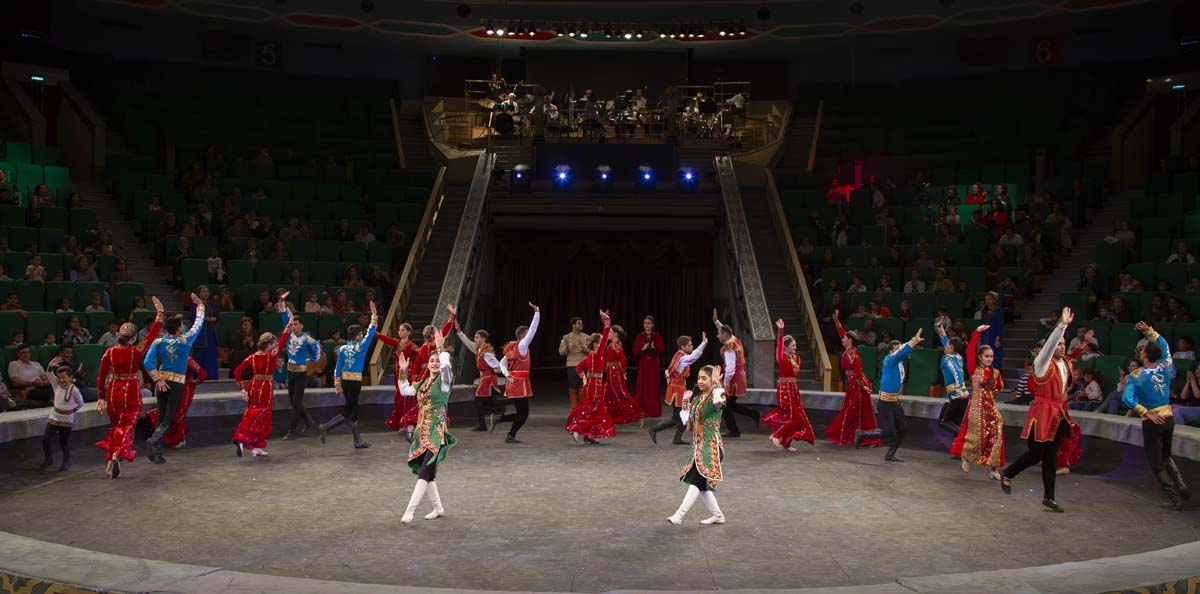Neckcloths have been in existence since ancient times. The necktie has a centuries-old history and its origin can be traced back to different peoples. For example, people in Ancient China were the first to wear neckcloths as evidenced by the stone male sculptures uncovered near the tomb of Emperor Qin Shi Huangdi. They have pieces of cloth tied around their necks, which are reminiscent of modern neckties, as a mark of distinction for noblemen and warriors. What is significantly different, however, is how they are tied and their shape. They also do not have a knot, the characteristic feature of the modern tie. These finds date back to the 3rd century BC.
The Ancient Egyptian royalty and the privileged elite were portrayed in frescos wearing a small rectangular piece of fabric around their shoulders as a definitive status symbol.
Next came neckerchiefs worn by the Roman legionaries over their woolen tunics to protect the neck from chafing by the armor. These depictions survived on the Emperor Trajan’ Column erected in 113 A.D. to celebrate his victories. Neckerchiefs in Ancient Rome heralded the emergence of what we know today as neckties.
The Romanians are thought to have inherited the tradition of wearing neckerchiefs from the Romans, and then the focale was adopted by Croatian cavalries, who wore them tied around their necks in a knot as part of their uniform.
In the 17th century, some men wore colorful silk neckerchiefs. Others had scarves on wrapped around their necks several times with loose ends hanging down in front. Late 17th century paintings provide evidence that by that time these neckerchiefs had become extremely popular. They were made from muslin, batiste, and even lace.
In the 18th century the neckwear with long ends became known as a necktie. It was also called a self-tie. Collared shirts came into fashion and neckties were tied in a knot under the chin with the long ends hanging down a starched shirt.
The English attached special significance to neckties. In England, wearing neckties was considered high art: a gentleman would spend several hours perfecting the knotting of his tie. There were up to one hundred ways to tie the knot of a necktie! The color of a gentleman’s necktie showed his political views.
In the 19th century, European dandies rediscovered this accessory. It was during this time that neckties stopped being a piece of clothes worn only by military men and politicians, and even ordinary people began to wear them.
In 1827, the French writer Honoré de Balzac wrote a book titled ‘The Art of Tying the Cravat”, in which he described the aesthetic importance of the cravat and detailed several ways of tying it, depending on a certain occasion or the time of day. In his time, cravats were made from silk, wool and satin, and boasted various patterns. The a la Byron cravat was a neckband worn wrapped around the throat and loosely tied in front.
In the latter half of the 19th century, the necktie we know nowadays came into fashion, and it has been the essential element of men’s dress since then with new and new styles being invented by the industry. The next century saw changes in its design: from narrow ties to wider ones.
The “ideal necktie” was patented in 1924. It is still being manufactured and remains very popular today. There is a vast array of different necktie knots around the world. Thanks to computer-generated calculations scientists have discovered that there are more than 177, 000 ways to fasten a necktie.
International Necktie Day is celebrated on October 18. The holiday was first observed in Croatia in 2003. Croats are thought to be the first to wear the accessory, which is the forerunner of the modern necktie.
The Turkmen also kept up with fashion trends. In the mid-20th century, neckties reminiscent of the modern necktie were made from keteni. The fashionable, embroidered necktie was a key element of ceremonial dress. Embroidered for a special occasion, they were worn by the groom. The groom received a takhiya skullcap and an exclusive necktie made by the bride as wedding gifts. The necktie was tied at the back and had elastic.
Repeated motifs or one bigger pattern were embroidered by hand on a red background. These ornamented neckties without knots, had the pentagonal star, the hammer and sickle, or the year, for example, 1960, embroidered instead.
The unique, well-thought-out pattern, which lined the edges, lent a festive appearance to the groom’s wedding attire. These wonderful neckties were embroidered with silk in yellow, black, and white. Embroiderers created their own touching designs with a distinctive national flavor. These accessories also featured motifs with the symbolic meaning seen as a talisman. The groom’s richly embroidered necktie conveyed a colorfully encoded message and wishes for love, fertility and family harmony. The neckties with colorful silk motifs were a stylish accessory at their time, but then lost their practical importance. They still remain in our grandmothers’ chests as a family treasure.






